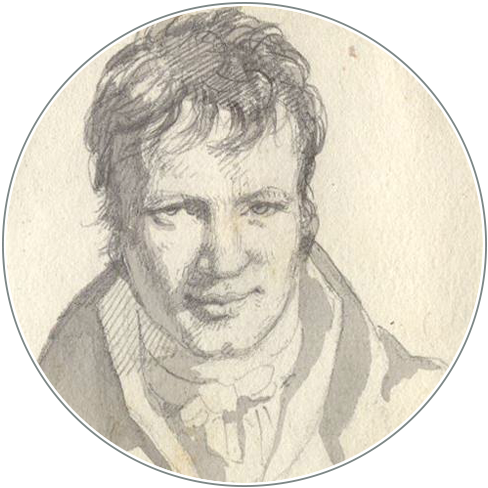If Humboldt had a Laptop. Moving Knowledge Networks from Print to Digital Media
DOI:
https://doi.org/10.18443/16Keywords:
1799-1804, Humboldt Digital Library, Netzwerke des WissensAbstract
Abstract
The difficult publication history and expensive editions of Alexander von Humboldt’s volumes on the expedition to the Americas have resulted in incomplete library holdings which has limited scholarly access and sometimes caused unbalanced scholarship. A plan for a Humboldt Digital Library examines the structures and features of this representational system in print and proposes models for converting these materials to electronic form. Several issues posed by Humboldt’s works include: establishing authoritative standard editions in several languages, creating high-resolution access to the many visual innovations in the works, and using software to restore the grand concept that all of the separate disciplines of study can be seen as interrelated parts of the whole. Using techniques of geographic visualization, a prototype is planned which will connect this historical body of knowledge with modern scientific databases.
Zusammenfassung
Durch die verwickelte Publikationsgeschichte und aufwendige Ausgaben von Alexander von Humboldts amerikanischem Reisewerks ist dieses in den Bibliotheken oft nur lückenhaft vorhanden, was den Zugang erschwert und daher manchmal auch unausgewogene Forschungsergebnisse zur Folge hatte. Der folgende Entwurf für eine digitale Bibliothek von Humboldts Reisewerk untersucht die Strukturen und Eigenschaften dieses Darstellungssystems in Druckform und empfiehlt Modelle, wie das Material in elektronische Form umgesetzt werden kann. Unterschiedliche Aspekte von Humboldts Werk stellen dabei folgende Herausforderungen: die Herstellung zuverlässiger Standardausgaben in mehreren Sprachen, die Entwicklung von Zugriffsmöglichkeiten mit hoher Auflösung für die vielen visuellen Innovationen im Reisewerk, und die Anwendung einer geeigneten Software, um den großartigen Entwurf herzustellen, wobei bisher getrennte Wissenschaftszweige als zusammenhängende Bestandteile des Ganzen gesehen werden können. Mit der Technik geographischer Visualisierung wird ein Prototyp konzipiert, mit dem diese historische Sammlung von Erkenntnissen mit modernen naturwissenschaftlichen Datenbanken verbunden wird.
Published
How to Cite
Issue
Section
License
Copyright (c) 2001 Rex Clark

This work is licensed under a Creative Commons Attribution-NonCommercial 4.0 International License.
HiN operates under a Creative Commons-Licence (CC BY-NC 4.0), which permits the reproduction of articles, free of charge, for non-commercial use only and with the appropriate citation information. All authors publishing with HiN accept these terms of publication.
Authors retain the copyright for their articles and reviews. Copyright of the layout and design of HiN articles remains with the journal and cannot be used in other publications.









